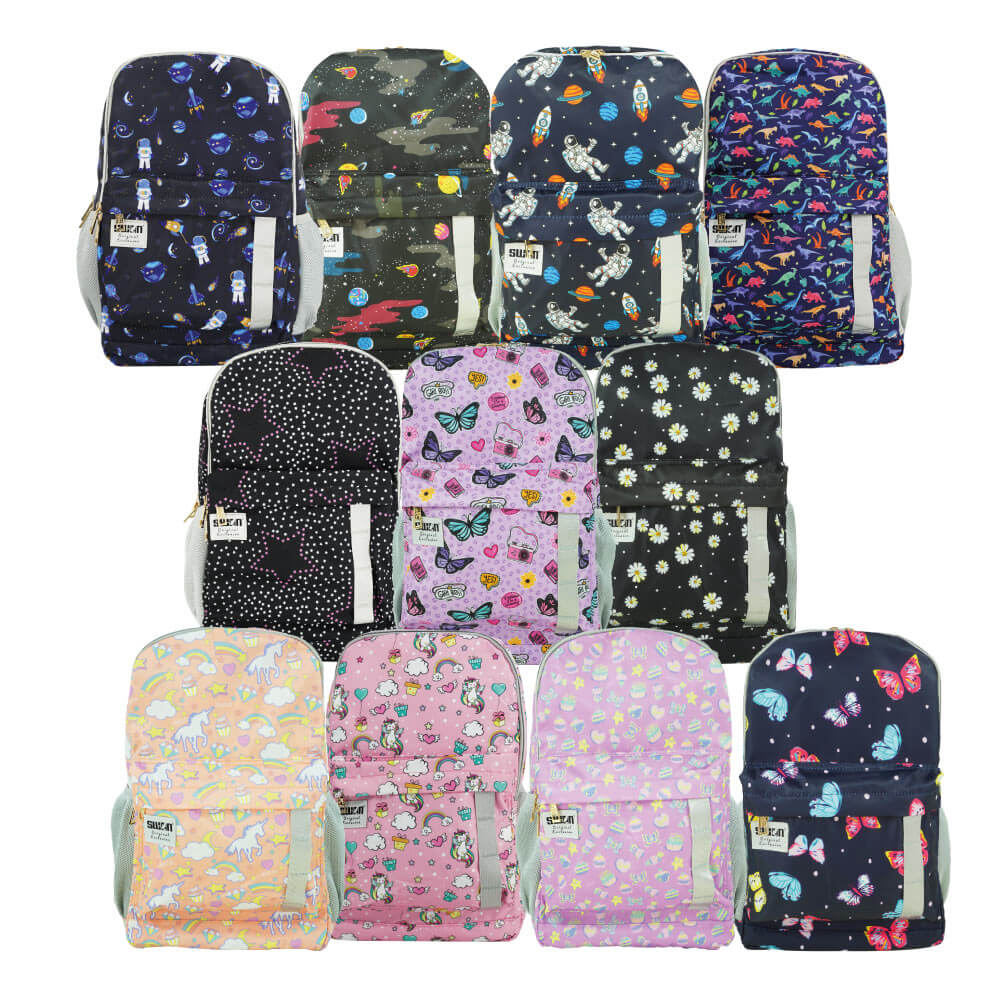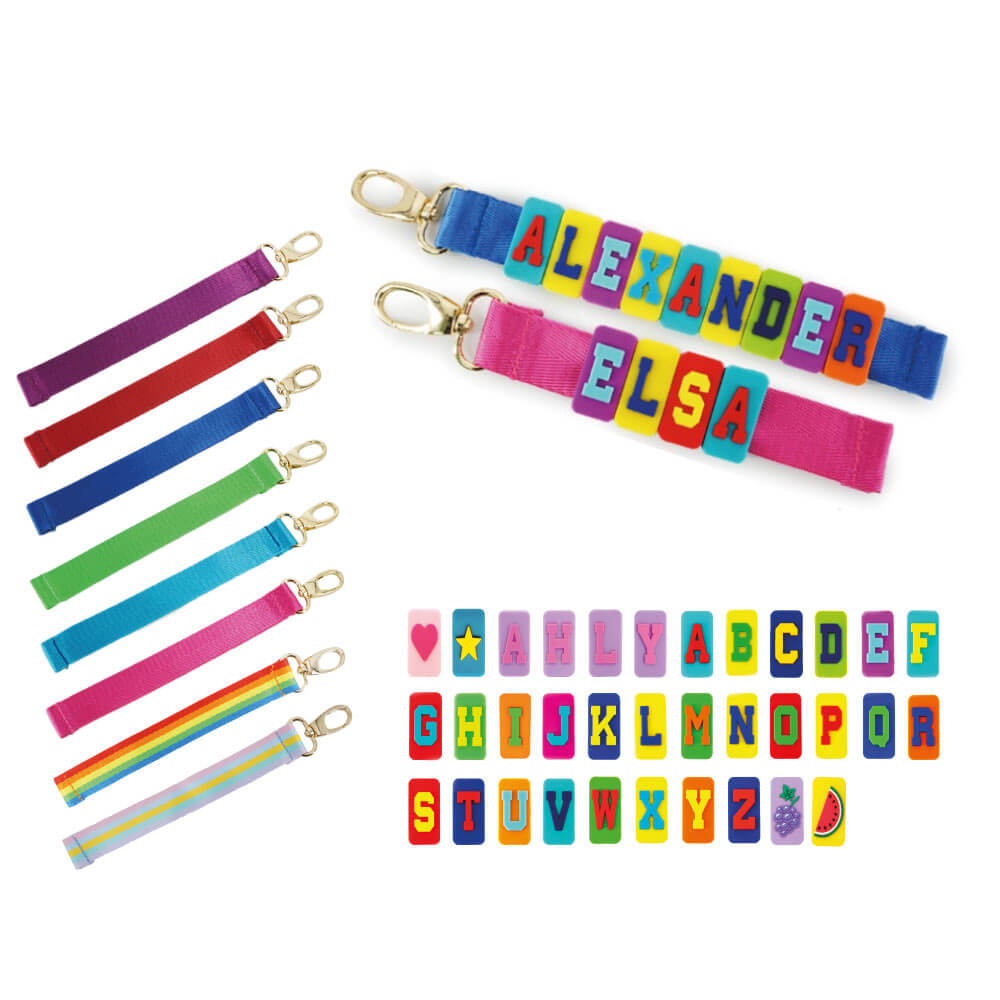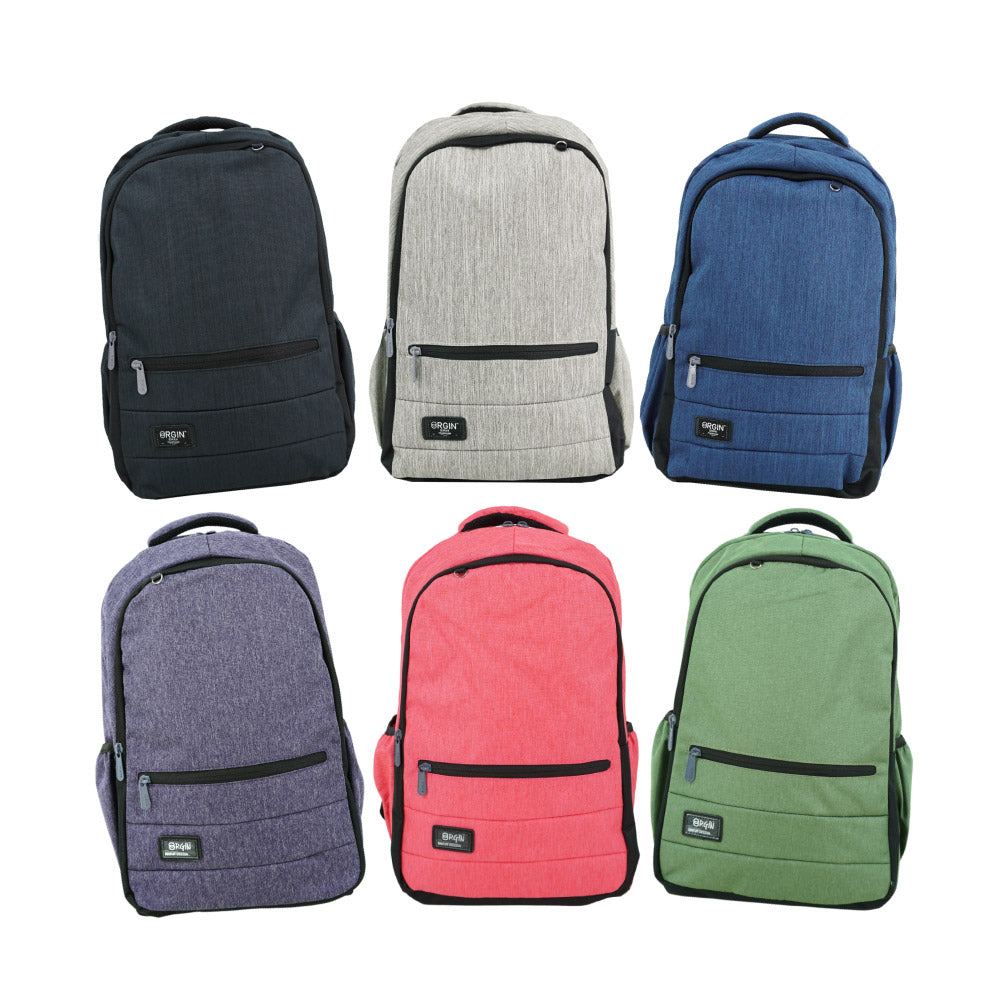
Today’s children will be tomorrow’s leaders. Therefore, it is crucial to expose your children to sustainable living. Sustainable living means trying to live in a way that reduces or lessens our use of the Earth’s natural resources. Here are 5 best practises you can try with your kids at home and in daily life.
Talk About Conserving Water & Electricity
It is important for your kids to know that water and electricity are non-renewable resources. However, they might have a hard time understanding. Instead of just asking them to turn off electricity when not in use, try to educate them on these concepts using interactive videos or infographics online. You can also make the teaching more fun by playing games, e.g., saving electricity for a month and receiving rewards.
Spending More Time In Nature
Spending time enjoying nature, e.g., walking in the park or hiking in the forest, is the best way to show your kids the value of protecting our nature. While enjoying the surrounding nature, you can talk about how our daily actions can impact the environment, both positively and negatively. Make the walk more interesting by playing minigames such as collecting trash along the way.
Include Them In Daily Chores
The best way for kids to understand a process is through practise. Include them in your daily chores. Kids can learn a lot from accompanying you to the grocery store. But before heading out for grocery shopping, explain to your kids the concept of eco-friendly products and make them understand how to check for products that are locally produced and organic. At the grocery store, you can ask them to help you pick the products by looking for a certain label or brand.
Read Them a Story Book on Climate Change
Making a learning process interesting is the best way to catch a child’s attention for a long period of time. Reading your kids entertaining stories on climate change is an excellent way to expose them to the issue of climate change. Nowadays, you can easily find children’s books either in your local bookstore or online. For example, Fatima’s Great Outdoors by Ambreen Tariq and Sydney & Simon Go Green! by Paul A. Reynolds.
Discuss & Practice Recycling At Home
Good habits start at home. Parents are the primary educators for children. Thus, showing that you are actively making daily decisions that are less damaging to the environment can influence children’s mindsets to think the same. When recycling, explain to them the importance of recycling. You can talk about how recycling used papers can help save the forest, how plastic takes hundreds of years to decompose, and the harmful effects of littering on wildlife, e.g., aquatic life in the ocean.
Once they understand the concept of recycling, they are more likely to practise it. You can start to practise recycling at home by creating separate bins for different recycling materials.





